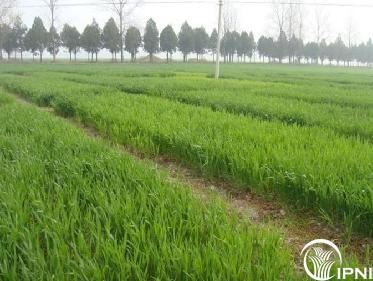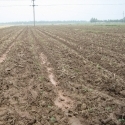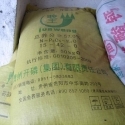10 Mar 2015
Research in Herbosa Succession Process Based on Soil Fertility Evolution

Fertilization can not only affect crop growth, but also impact selection pressures on weeds. It can be regarded as an important component of integrated weed management strategy. Previous studies have demonstrated that fertilization greatly affected weed species composition, abundance, density, and diversity. An understanding of the effect of nutrient management on weed communities is important for making better nutrient management strategies for sustainable agricultural production.
Based on two long-term field experiments, the Wuhan Botanical Garden of the Chinese Academy of Sciences studied the cumulative effects of different fertilizing patterns on the floristic composition and species diversity of farmland weeds in wheat-soybean and rice-rice rotations. The field trials included 5 to 6 fertilizing patterns with different combinations of N, P and K fertilizers. Species composition and diversity of weed communities, plant biomass and nutrient accumulation as well as light penetration were measured.
The results indicated that wheat and the four prevalent weed species showed different responses to fertilizing patterns in terms of density, plant height, shoot biomass, and nutrient accumulations. The population of each individual weed species exhibited its own adaptive mechanisms, such as morphological adaptation for adequate light and growth advantages, and soil seed bank adaptation. The PK treatment had higher density, shoot biomass, and Shannon-Wiener and Pielou Indices of weed community than those of N plus P fertilizer treatments, and showed the same weed species number as in the NPK treatment. The negative effects of weed on wheat yield could be compromised by simultaneous positive effects of weed communities in the fertilization treatments, which are intermediate in terms of effects on wheat and weeds.
The authors also studied the weed community features with different fertilization patterns for late rice in a rice-rice rotation by using the community ecological method based on a long-term fertilization experiment. The results showed that the weed community features are closely related to soil organic matter, available N, available P, and light transmittance. Balanced fertilization significantly reduced the number of dominant species of weed community. In the treatments which organic manure and chemical fertilizers were mixing used, the number of dominant species and weed biodiversity maintained between CK and NPK treatments. There was a trend that biodiversity increased with the increase of organic manure application. Combined use of organic manure and chemical fertilizers not only showed beneficial on higher yield, but also regulated and improved weed community features.




